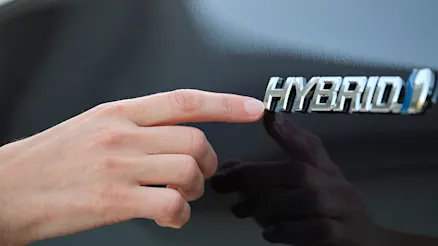
Why hybrids are quietly winning Australia’s EV race
Hybrid vehicles in Australia are currently more popular than full battery EVs. The difference comes down to factors like pricing, variety and range.
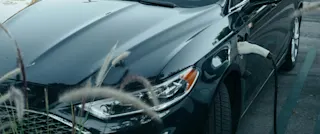

Hybrid vehicles in Australia are currently more popular than full battery EVs. The difference comes down to factors like pricing, variety and range.
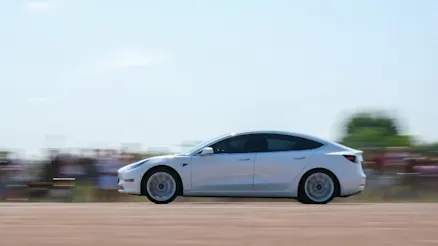
The Australian Government has confirmed an EV road user tax will apply in the future. So is this a good idea or an unfair one? Let’s get stuck in.
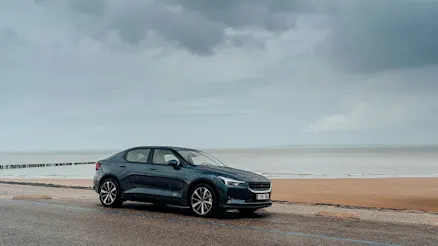
Are EVs losing popularity in Australia? As we explore, there’s still plenty of interest in electric technology but the issue is multifaceted.
Whether you’re lowering your footprint or you simply love the tech, life as an electric vehicle owner is pretty fun. But while there are a lot of similarities to owning a conventional car, there are also some unique considerations that can make your EV experience so much sweeter. From knowing how far a charge will get you, to mastering your home charging setup, here are some key tips to help you not just survive but also thrive in your EV era.
It’s the antidote to range anxiety, and the key to confident EV driving. Once you’re equipped with knowledge about the range of your particular electric vehicle you’ll be able to plan your trips with peace of mind and arrive home with plenty of charge to spare.
As you get started, be sure to familiarise yourself with charging types and speeds so you can leave enough time to get an adequate charge. As a quick rule:
Of course, the charging rate will depend on your EV model and the charger itself, so as the saying goes, your miles (kilometres) may vary.
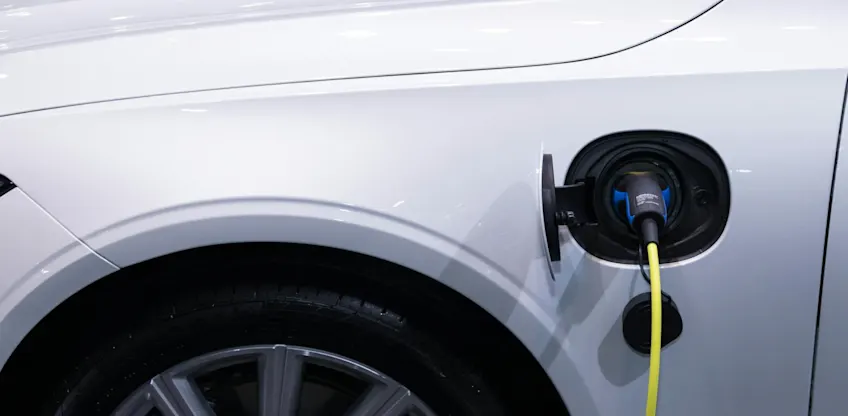
The Hitchhiker’s Guide might have suggested always carrying a towel, but the EV owner’s equivalent is to always carry the right charging cable. Why? EV manufacturers from all over the world have been working on the optimal plug solution for years and as such, the various EV models have various plug designs. New EVs in Australia now predominantly have the CCS2 plug for AC (slower) charging and the Type 2 plug for DC (faster) charging, with some Japanese EV models still prioritising the CHAdeMO plug for DC charging. If you’re buying a second-hand EV you might also come across the Type 1/CCS1 or Modified Type 2 plugs. Just to complicate things a little further, most public charging stations will either fit CSS2, Type 2 or CHAdeMO, or a combo of those. Your EV will most likely come with its own cable or cables, but it’s worth considering the possible configurations if you want to maximise your charging compatibility.
You can easily look up the connection types for specific charging stations with various apps. Your EV’s manufacturer may provide its own app, or you can use a third-party app like PlugShare that maintains up-to-date information.
As drivers a lot of us take out roadside assistance in case we get a flat tyre or run out of fuel, and as an EV owner you can still have that peace of mind. Just make sure that when you take out cover, and if ever you do need assistance, that you let your provider know you have an EV so they can respond accordingly. One bonus is that it’s pretty common for roadside assistance providers to offer you a discount when you charge at their branded chargers across Australia. Another bonus is that according to German figures, EVs are generally less likely to break down than Internal Combustion Engine (ICE) vehicles.
As an EV driver you might have already encountered someone hogging a charging space or insisting on reaching 100%. When it comes to charging etiquette, we must be the change we wish to see. That of course means:
Most apps you use to find public charging locations will show whether the ports are in use, which can help you plan ahead and avoid the queues. It’s also a good idea to check in on PlugShare as you arrive, as the app will either show that you’re charging or that you’re waiting to charge at a station, and then send relevant notifications to your phone.
There’s also another free service called NeedtoCharge that lets you notify a driver that you’re requesting to charge, if they’ve signed up to the service.
While plugging your EV into the standard wall socket overnight can add enough range for a typical commute, optimising your home EV charging can really be a game-changer for improving your range and your charging speed while minimising your charging costs. With most Aussie homes on single-phase power, installing a dedicated 7.4kW single phase EV charger can cost anywhere from a couple of thousand dollars and could deliver around 40km of range per hour depending on your EV. That compares to around 10km range per hour through a standard powerpoint charge.
You could also configure your home system to take advantage of dynamic pricing to charge when it’s cheaper, or sit back and enjoy free energy if you have solar panels. And hopefully with Aussie regulations being revised, it could even be possible to make the most of bidirectional charging technology to use your compatible EV as a home battery and/or supply energy back to the grid. Welcome to the future!
The great news is that with new generation EVs finally playing catch-up in Australia, there are more used electric vehicles available on the second-hand market. Carma makes it simple to search for pre-owned EVs and hybrids in the Sydney area, with all cars passing our strict checks before being listed. Start your search now and get in on the smooth EV experience!